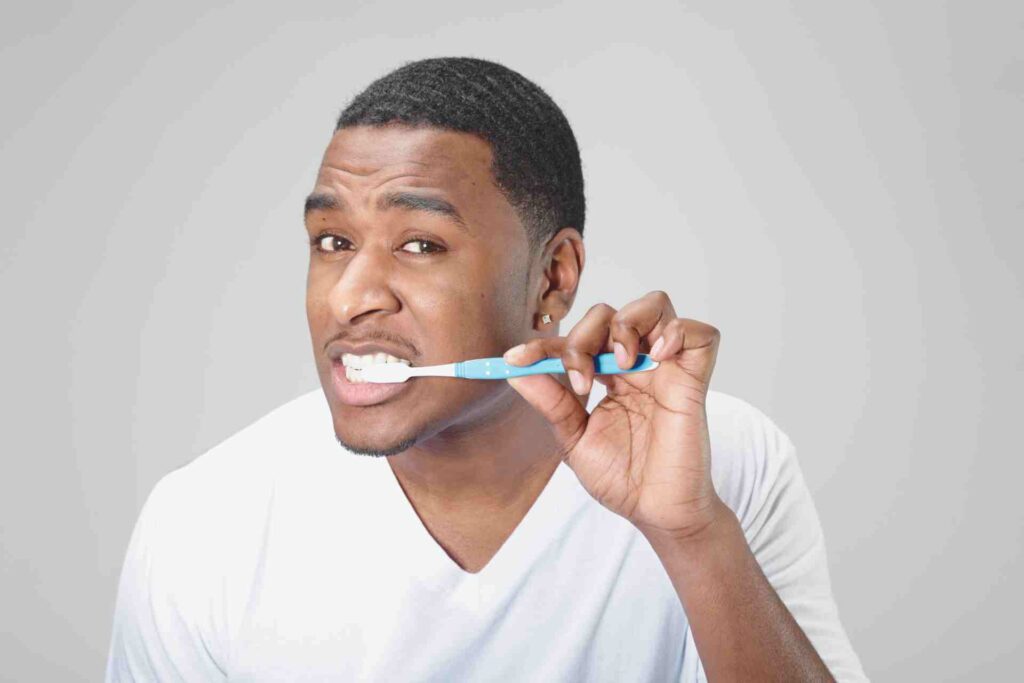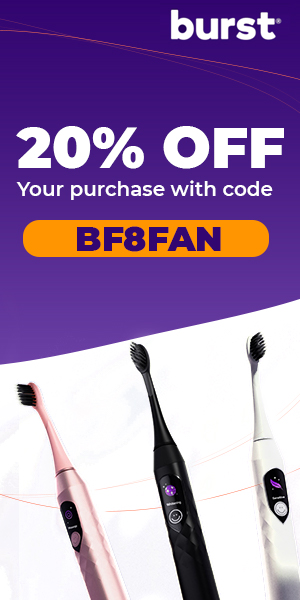Quick Answer: What’s the Typical Recovery Time?
Most people recover from wisdom teeth removal within 1 to 2 weeks. Swelling and discomfort usually peak around day 3 and gradually subside thereafter. Complete healing of the surgical sites can take several weeks, depending on individual factors like the complexity of the extraction and personal health.
What to Expect After Wisdom Teeth Removal
Day 1: Immediate Post-Surgery Care
The first day is all about letting your body start the healing process.
Some bleeding is normal after surgery. Bite down gently on gauze pads to encourage clot formation. That clot acts like a protective seal over the socket (prevents dry socket) and is key for proper healing.

Expect some swelling and discomfort, too. Cold compresses can help. Try applying an ice pack for about 20 minutes at a time with short breaks in between.
And above all, rest. Keep your head elevated, take it easy, and avoid any activities that could raise your heart rate. This is the time to cozy up, stay still, and let your body do its thing.
Days 2–3: Peak Swelling and Discomfort
This is usually the most uncomfortable stretch of recovery, but it’s also temporary.
Swelling tends to peak around day two or three. You might notice puffiness in your cheeks or some jaw tightness, especially when talking or eating. Stick with your pain meds as prescribed, and keep using ice packs if it still helps.
You can also start gently rinsing with warm salt water a couple of times a day. It helps keep the area clean and reduces bacteria without disturbing the healing tissue.
Even though this phase isn’t fun, it’s completely normal. Most patients start to feel better after getting through this little hump.
Days 4–7: Beginning to Heal
Good news: This is when things usually start to feel easier.
Swelling and soreness should be noticeably better by now. You might still have a little tenderness or stiffness, but overall, your body is shifting into healing mode.
You can begin adding in softer foods, like pasta or scrambled eggs. Just be sure to chew away from the extraction sites and rinse with salt water after meals to keep everything clean.
Light activity is usually okay during this time, as long as you’re not overdoing it. Listen to your body and take breaks when you need to.
Week 2: Continued Recovery
By now, most of the heavy lifting is behind you.
Pain and swelling should be minimal, if not completely gone. You might still feel a little tightness when opening your mouth wide or a mild sensitivity near the extraction sites, but that’s normal as the tissue continues to heal.

You can start brushing closer to the surgical areas now, just gently. Most people can also begin easing back into their normal diet, though it’s still a good idea to avoid anything super crunchy or sticky for a bit longer.
At this stage, it’s less about active recovery and more about giving your mouth time to fully settle.
Weeks 3–4: Nearing Full Recovery
At this point, you’re almost there.
The extraction sites should look smaller and more closed up. Most of the tenderness should be gone, and any lingering sensitivity will likely feel more like a dull awareness than actual pain.
If you had stitches placed, they’ve probably dissolved by now unless your dentist used ones that need to be removed, usually around this time.
You can return to your regular brushing and flossing routine, just continuing to be gentle around any areas that still feel tender. And if you’ve been holding off on crunchy snacks or chewy foods, you’ll likely be cleared to ease back into those too.
This stage is all about fine-tuning. Keep up your oral hygiene and give your body that final push toward complete healing.
Factors That Influence Recovery Time
Not everyone heals at the same pace, and that’s okay. A few key factors can shape how smooth or slow your recovery feels.
The complexity of your extraction plays a big role. If your wisdom teeth were impacted or partially erupted, your body may need more time to recover compared to a straightforward removal.
Age and overall health matter too. Younger patients often bounce back more quickly because their bodies heal faster, and their wisdom teeth roots may not be fully developed yet.
And finally, how closely you follow post-op instructions can really make or break your recovery. Gentle oral care, the right foods, and protecting that blood clot all make a big difference in how fast and comfortably you heal.
Tips for a Smooth Recovery

A few simple habits can make a big difference in how you feel day by day. And how quickly your mouth heals.
Skip the straws and cigarettes. Suction and smoke are two of the biggest culprits behind dry socket, so avoiding them can save you a lot of pain and setbacks. This includes vaping.
Stay hydrated. Water helps your body heal and flush out bacteria. Just sip slowly and avoid anything carbonated for now.
Keep your mouth clean. Rinse gently with warm salt water starting the day after surgery. Brush as normal, but steer clear of the extraction sites until they’re more healed.
Prioritize rest. Give your body a break, especially in the first few days. Healing is hard work, and you’ll bounce back faster if you let yourself slow down.
Stick with soft, nourishing meals. Foods like soup, smoothies, and scrambled eggs are comforting and easy on your jaw.
Related reading: 12 Tips for Faster Recovery After Wisdom Teeth Removal
When to Contact Your Dentist
Reach out to your dentist if you experience:
- Bleeding that continues beyond 24 hours
- Pain that worsens instead of improving
- Swelling that increases after the first few days
- Fever or chills
- Foul taste or bad breath that doesn’t go away
- Pus or discharge from the extraction site
- Difficulty opening your mouth or swallowing
When in doubt, always check in. It’s better to ask early than wait too long.
Key Takeaways
- Most people recover from wisdom teeth removal in 1 to 2 weeks
- Swelling and discomfort usually peak around day 3
- Protecting the blood clot is essential to prevent dry socket
- Stick to soft, nutrient-rich foods and stay well hydrated
- Avoid smoking, straws, and carbonated drinks while healing
- Gentle oral hygiene helps keep the area clean without disturbing the site
- Call your dentist if you notice unusual pain, swelling, or signs of infection
FAQs About Wisdom Teeth Removal Recovery
How long should I wait before resuming exercise?
Give it at least 5 to 7 days before jumping back into intense workouts. Moving too much too soon can increase bleeding, disrupt clot formation, and slow healing.
Can I brush my teeth after surgery?
Yes, but take it slow. Start brushing the day after surgery, avoiding the surgical sites. Use a soft-bristled toothbrush and be extra gentle until you’re fully healed.
What foods should I avoid?
Skip anything hard, crunchy, spicy, or hot. These can irritate the extraction sites or dislodge the clot. Stick with soft, cool foods like yogurt, mashed potatoes, smoothies, and applesauce.
What is the recovery time for wisdom teeth removal?
Most people feel significantly better in 3 to 5 days, but full healing can take up to 2 weeks. Surgical extractions or impacted teeth may take a bit longer.
What can I do on day 3 of wisdom teeth removal?
This is usually the peak of swelling and discomfort. Stick to your pain meds, keep using cold compresses, rest, and rinse gently with warm salt water. Avoid strenuous activity and keep meals soft and simple.
What is the most painful day after wisdom teeth removal?
For most people, day 2 or day 3 tends to be the most uncomfortable. After that, symptoms usually start to ease.
How long will my jaw hurt after wisdom teeth removal?
Mild jaw soreness can last up to 7 to 10 days, especially if your surgery was complex or involved impacted teeth. If the pain persists or worsens after a week, reach out to your dentist.
For more personalized advice and tips on oral health, follow @joycethedentist on Instagram and TikTok!





















